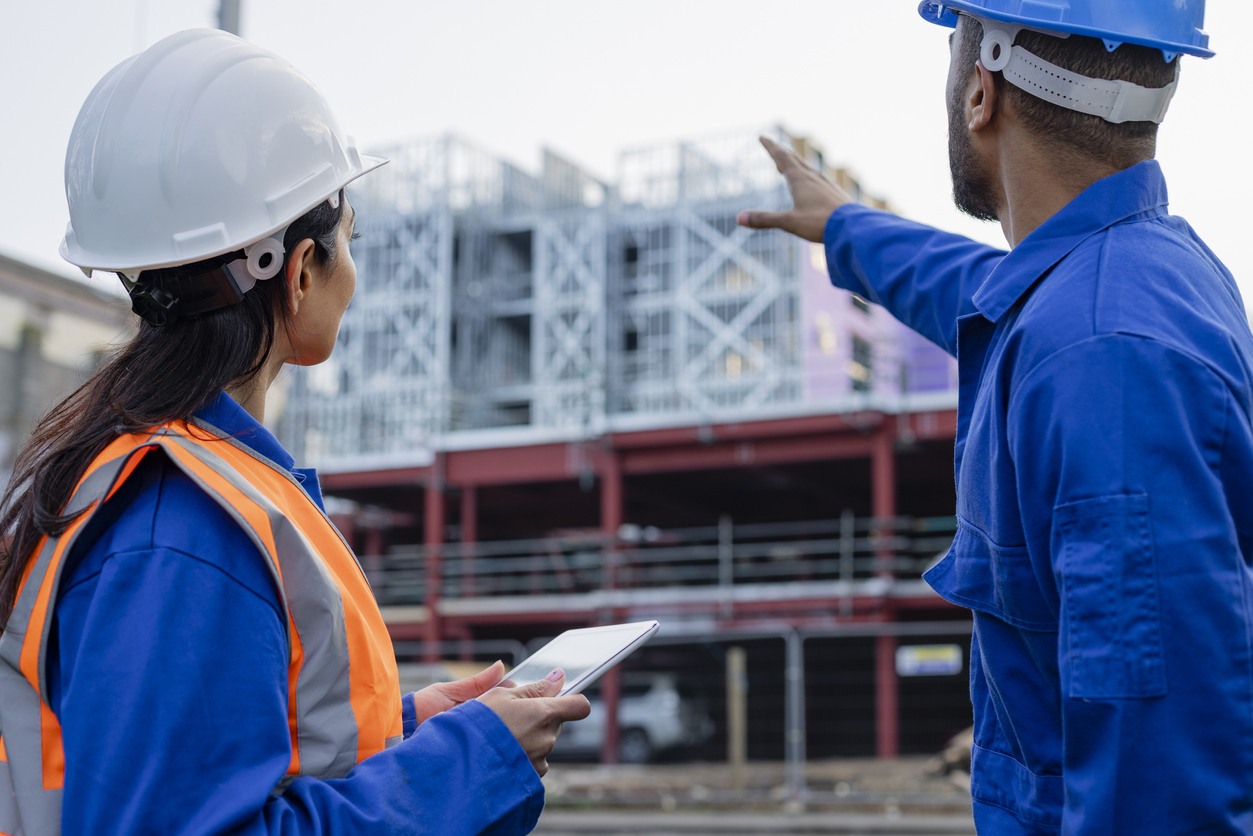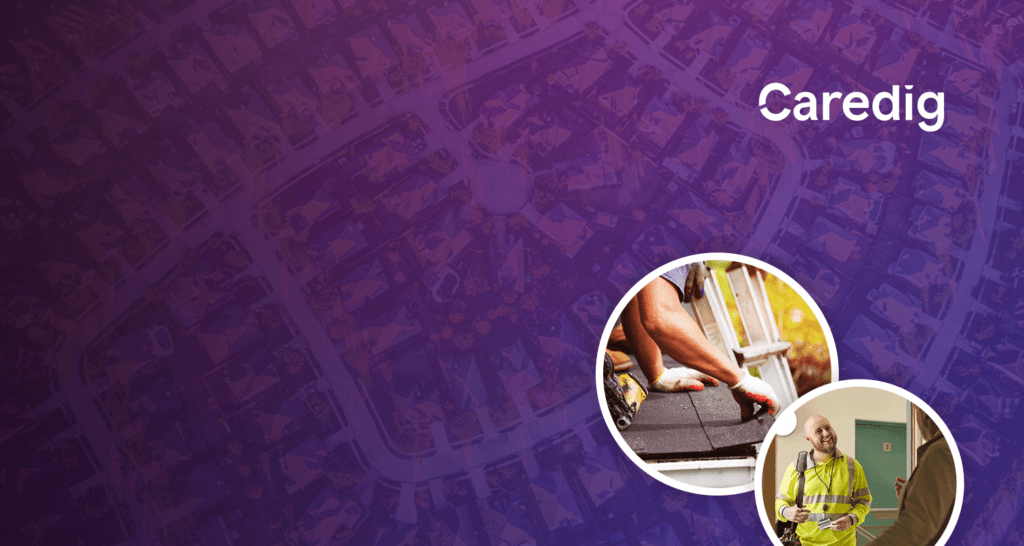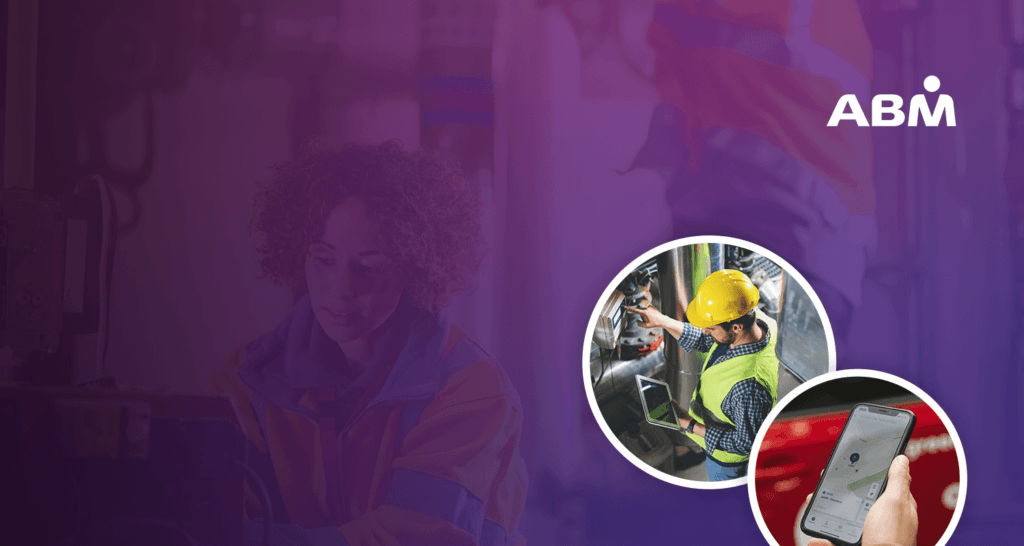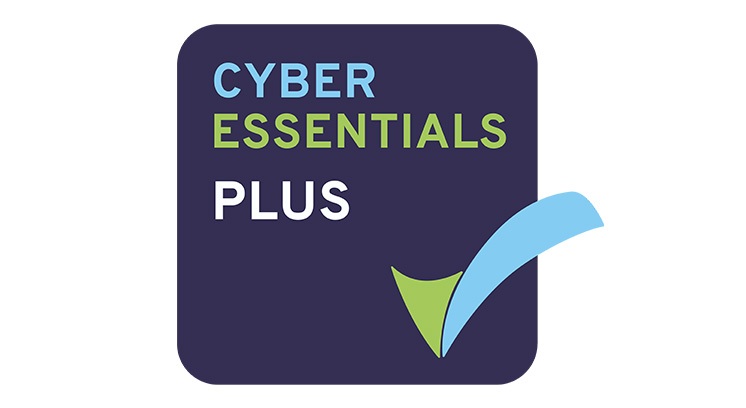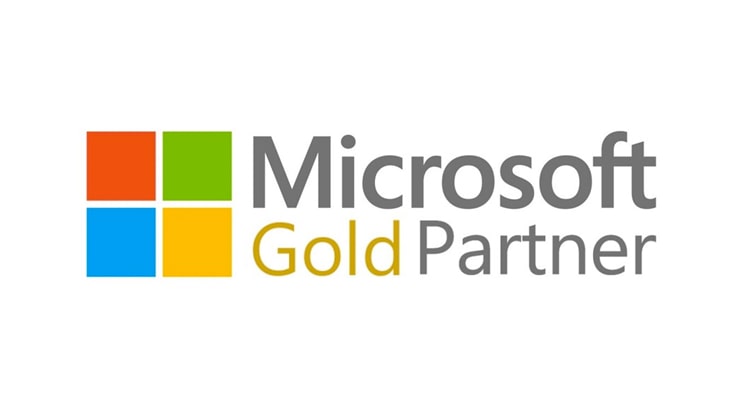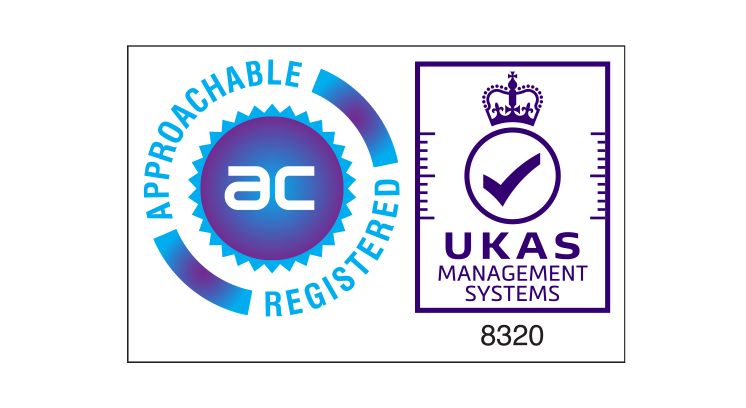The Importance of Employee Safety
Close your eyes for a second and picture the words employee safety. It probably conjures images of hard hats, safety harnesses, and high-vis jackets. While that is all true, there’s so much more to employee safety than just the visible trappings.
What is Employee Safety?
Employee safety is about creating a safe working environment where your employees feel protected around the clock. Championing employee safety shows your commitment to upholding health and safety responsibilities. This commitment should resonate throughout every level of your operation.
Understanding Employee Safety
Employee safety, often grouped with workplace safety and employee health, aims to ensure a healthy and safe working environment. Typical steps to achieve workplace safety involve a combination of risk assessments, safety procedures, and transparent health and safety training.
Recent shifts in working patterns, accelerated by the 2020 pandemic, highlight the challenge of achieving this. Remote and lone working, for example, brings unique challenges into the mix. Remote and lone workers necessitate innovative approaches to ensure employee safety and wellness.
Keeping Your Mobile Workforce Safe
The safety of our mobile workforces has taken centre stage. As our work environments have extended beyond the traditional office setup, ensuring the security of remote workers, or those constantly on the move, is pivotal.
To discover more on the technology transforming employee safety, check out our complete guide to employee safety.
The Employee Safety Rationale
Like many business owners, your workplace health and safety approach should go beyond compliance with the Health and Safety at Work Act. Why?
Employee Safety Culture
The culture of your organisation acts as its compass. It shapes discussion and captures the ethos of your whole operation. Central to this is how you prioritise employee safety. Let’s explore this further.
What Is An Employee Safety Culture?
Your safety culture outlines how your business and its teams approach workplace safety. You’re not just about following rules; you’re building a collective attitude that underlines every action. In other words, it’s the shared belief that employee safety isn’t just important—it’s essential.
Why a Safety Culture Matters
You showcase your commitment to your people by building a robust safety culture. By focusing on employee safety, health, safety, and welfare, you build trust and create an environment where employees feel free. They are open to discuss potential hazards and provide meaningful feedback.
Embracing an Employee Safety Culture
By now, you are building a clear picture of why adopting an employee safety culture is vital. However, some of the benefits of adopting an employee-first safety culture go beyond the obvious:
The Role of Leadership in Fostering Safety Culture
By now, the win-win of taking employee safety seriously is clear. And if you’re in a leadership position, you hold a unique power and responsibility. The tone you set, the values you uphold, and the practices you endorse will inevitably shape your organisation’s culture. When it comes to safety, employers are responsible for making this a reality.
Setting the Tone
You, as a leader, are the primary influencer. How you approach safety, the importance you give to it, and how you communicate its significance sets the tone for the entire organisation. If you prioritise safety in your actions and words, your team is more likely to do the same.
Leading by Example
There’s a simple, time-tested principle: actions speak louder than words. When you actively engage in safety practices, not only do you send a clear message about their importance, but you also inspire others to follow suit. Whether it’s disciplinary action, wearing the appropriate safety gear or following protocols, your actions serve as a visible commitment to safety.
Encouraging Open Communication
Create an environment where your team feels they can voice their concerns and provide feedback. Listen actively. When you’re receptive to feedback, you empower employees to come forward with potential safety issues, fostering a proactive rather than reactive approach.
Investing in Training
Allocate resources and time for regular employee safety training. When you educate your team, you directly invest in the organisation’s safety. View it as more than just reducing risks; you empower your teams with the knowledge and tools they need to be safe 24/7.
Steps Towards a Safer Work Environment
Employee safety leadership calls for more than just directives and guidelines. You need to embody the values of safety and show genuine care. It’s a through-and-through mindset where safety is present in every task allocated or business decision made.
Remember: the safety culture you desire for your organisation begins with you. So what steps can you take to enhance employee safety?
Steps To Improve Employee Safety
Risk Assessments
Identifying potential hazards is pivotal. Be it mechanical issues or ill health due to poor ergonomics. This can even include the management of health concerns, physical or mental, arising from high-stress environments. To learn more on risk assessments, read this article: Lone Worker Risk Assessments: An Introduction
Safety Procedures
Post risk assessments, establishing clear safety procedures and actions at work is paramount. This involves crafting guidelines for the right actions at work, ensuring access to safety equipment, and monitoring adherence.
Regular Training
Just as work environments evolve, so do potential hazards. Routine health and safety training sessions ensure that employees are always prepared.
Open Dialogue
Appointing a health and safety representative facilitates open communication. Employees can voice concerns without fear, ensuring that potential issues are addressed proactively.
Harnessing Technology
Lone worker protection solutions, apps and devices can supercharge you employee safety protocols. They facilitate real-time communication, particularly for remote employees. With technological advancements, there’s a growing emphasis on wearable safety devices that monitor physical health, software solutions streamlining incident reporting, and platforms providing real-time safety training to mobile workforces.
Read More: Lone Worker Protection
Regular Check-ins
Especially critical for remote workers, regular check-ins can help address potential mental health issues, ensuring employee health in a comprehensive manner.
Review and Improve
The landscape of occupational safety and health is dynamic. Regular reviews of safety measures and openness to adapt are crucial.
In short, employee safety solutions protect workers and make them feel more empowered, confident, and valued. These solutions, ranging from wearable devices to dedicated apps, act as a bridge to assistance during crucial times.
What Are The Benefits of Employee Safety?
Ensuring employee safety is a non-negotiable duty and a strategic move offering uncapped benefits. By being proactive, you stand to gain long-term cost benefits and elevated brand perception. This is especially vital in the instant-information era we find ourselves in. By adopting a complete approach to employee safety solutions, you can navigate tomorrow’s workplace complexities while strengthening employee trust today.
Modern solutions provide a wide range of data-driven insights. These insights empower you to innovate workplace safety and procedures continuously. In essence, prioritising safety is an investment in future resilience, brand integrity, and operational excellence- and is your employer duty.
Closing Thoughts
Managing health and safety transcends business performance metrics. It’s about upholding a commitment to the people who form your organisation’s backbone. By integrating practices like risk assessments, creating working conditions with open communication, and adhering to health and safety legislation, we move closer to workplaces where employee safety isn’t just a mandate. It’s a way of life.
